Don't worry about timing the market: what goes around comes around
Market cycles are like London buses, says Andrew Van Sickle. If you miss one, don't worry – there will be another along in a few years.

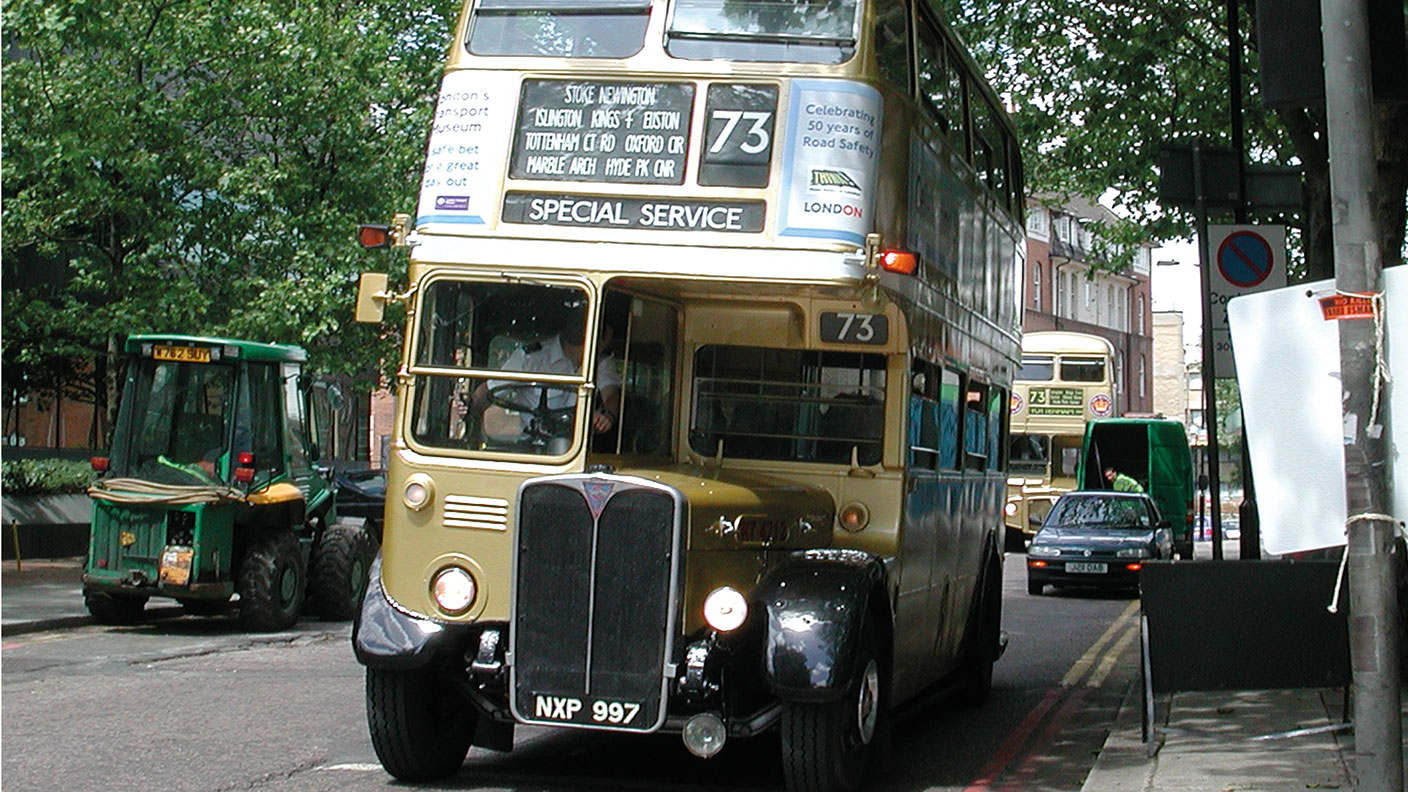
I’ve never had much luck with metals. On my seventh birthday I was given a small gold krugerrand, with the strict instruction not to spend it on chocolate. After looking up the gold price for several days in a row and seeing it fall, I lost interest, put the krugerrand in a drawer and forgot all about it. It was just as well: it later transpired that my seventh birthday practically coincided with the peak of the 1970s gold bull market. Then in 2013, about to invest in a wedding ring, I decided I fancied a platinum one. The price quoted was beyond unaffordable, so I opted for a palladium one instead. Note to self: next time, don’t get married too soon after the peak of a commodities supercycle.
The good news, however, is that market cycles are like London buses: if you miss one, there will be another along in a few years. From equities to collectables, prices oscillate around a long-term average. The cycles reflect human nature. People get overexcited and inevitably bid prices up too far. Boom turns to bust as they reconsider the fundamentals, decide they were too exuberant and become depressed, often sending prices back down to levels that seem unjustifiably low.
We have watched several major cycles over the years, and while journalists are supposed to remain detached and objective, it is easy to get caught up in the excitement. A few years after we set up the magazine, a long-term commodities upswing was clearly beginning. There was endless talk of “peak oil”; I remember countless persuasive articles explaining why there simply wasn’t enough oil out there, and it would never sell for less than $100 a barrel after about 2005 or so. As I write, the narrative, thanks to shale and a global pandemic, has completely changed. Brent crude is at $44 a barrel, having dipped to around $20 in April. US oil futures, of course, briefly turned negative that month.
MoneyWeek
Subscribe to MoneyWeek today and get your first six magazine issues absolutely FREE

Sign up to Money Morning
Don't miss the latest investment and personal finances news, market analysis, plus money-saving tips with our free twice-daily newsletter
Don't miss the latest investment and personal finances news, market analysis, plus money-saving tips with our free twice-daily newsletter
Today gold has reached a new record, as we have been predicting for some time, and is set to keep going. Farmland, often seen as the ultimate structural-growth asset (“they’re not making any more of it”, as the old joke has it), is also cyclical, says Jonathan Compton in this week's cover story. Prices have slipped over the past few years. He reviews the key trends in the sector in the post-Covid-19 world (not all that different from the pre-Covid-19 world, it turns out) and how you might invest in them. David Stevenson, meanwhile, highlights the cyclicality of the peer-to-peer lending market. The outlook for the sector seems dire now, but there is scope for a rebound as yield-hungry investors (who isn’t, these days?) seek to bolster income when the economic backdrop improves in the next few months.
The key is to be patient and remember that what goes around comes around, so you will have another chance to buy cheaply. Just remember to take some profits. As JP Morgan liked to joke: “I made most of my money by selling too early”. And start early too, to give yourself as many cycles as possible. Give that young relative a krugerrand (or some of your old dotcom shares you couldn’t bring yourself to sell in the early 2000s). As for my own cycles, the vastly more valuable krugerrand is still with me, just in case I ever have to exchange it for a tin of baked beans. And in the past seven years, palladium has gone through the roof and platinum has halved, so I can consider a wedding-ring upgrade. Good things, like London buses and affordable metals, come to those who wait.
Get the latest financial news, insights and expert analysis from our award-winning MoneyWeek team, to help you understand what really matters when it comes to your finances.
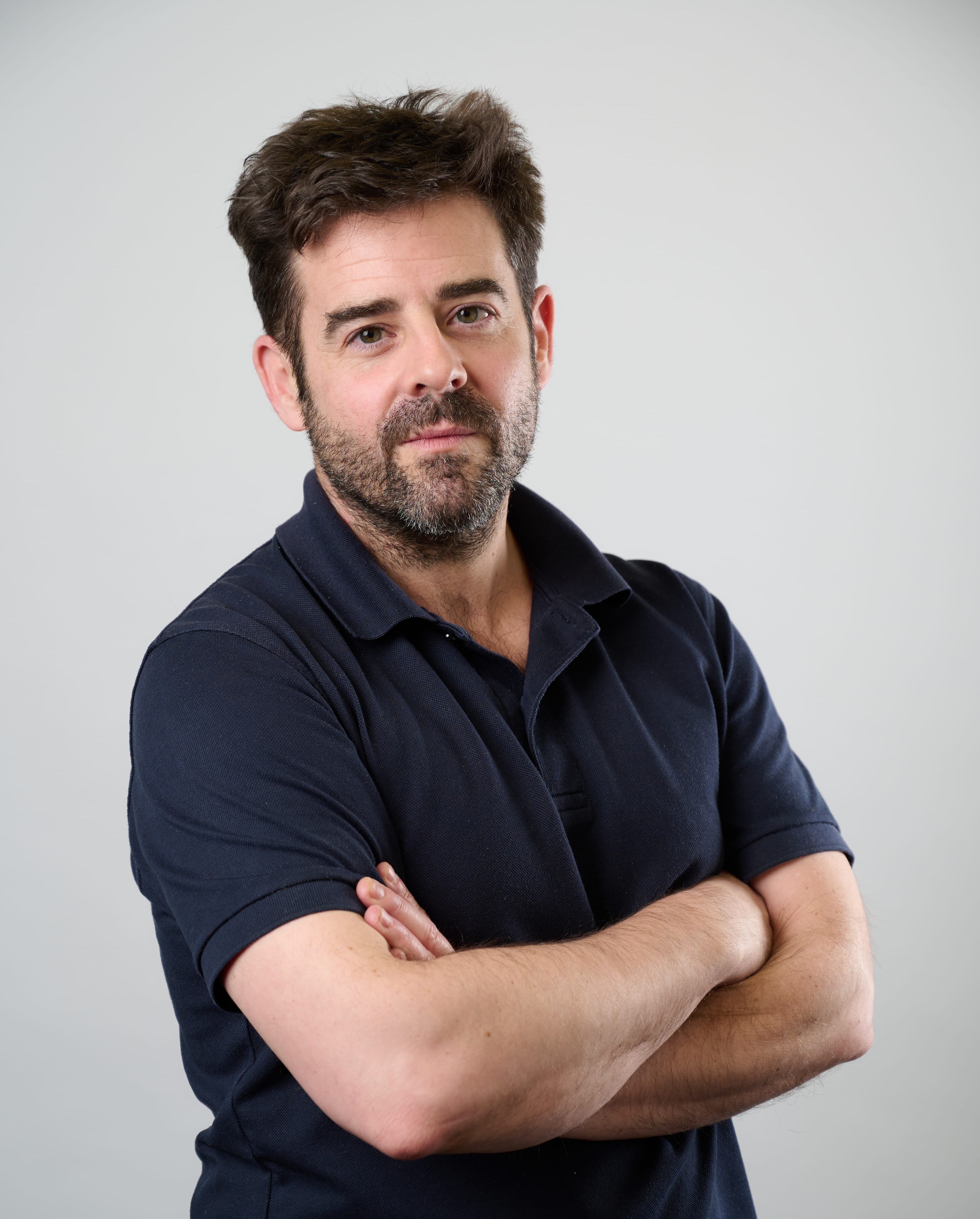
-
 Household savings ratio drops – are you setting enough aside for 2026?
Household savings ratio drops – are you setting enough aside for 2026?High inflation has pushed the savings ratio down again and the figure could dip further next year
-
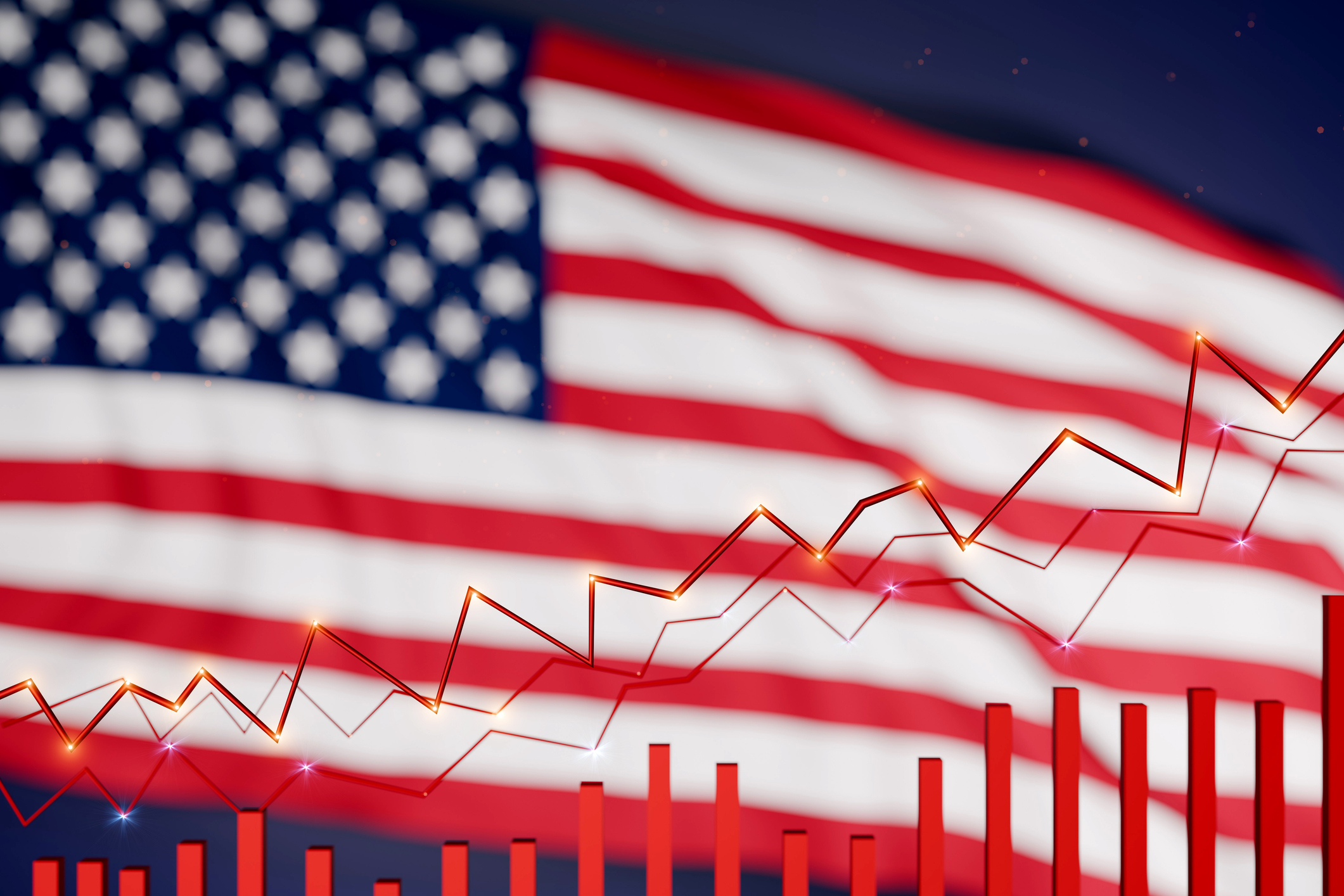 US stocks: opt for resilience, growth and value
US stocks: opt for resilience, growth and valueOpinion Julian Wheeler, partner and US equity specialist, Shard Capital, highlights three US stocks where he would put his money
-
 Stock markets have a mountain to climb: opt for resilience, growth and value
Stock markets have a mountain to climb: opt for resilience, growth and valueOpinion Julian Wheeler, partner and US equity specialist, Shard Capital, highlights three US stocks where he would put his money
-
 The steady rise of stablecoins
The steady rise of stablecoinsInnovations in cryptocurrency have created stablecoins, a new form of money. Trump is an enthusiastic supporter, but its benefits are not yet clear
-
 SRT Marine Systems: A leader in marine technology
SRT Marine Systems: A leader in marine technologySRT Marine Systems is thriving and has a bulging order book, says Dr Michael Tubbs
-
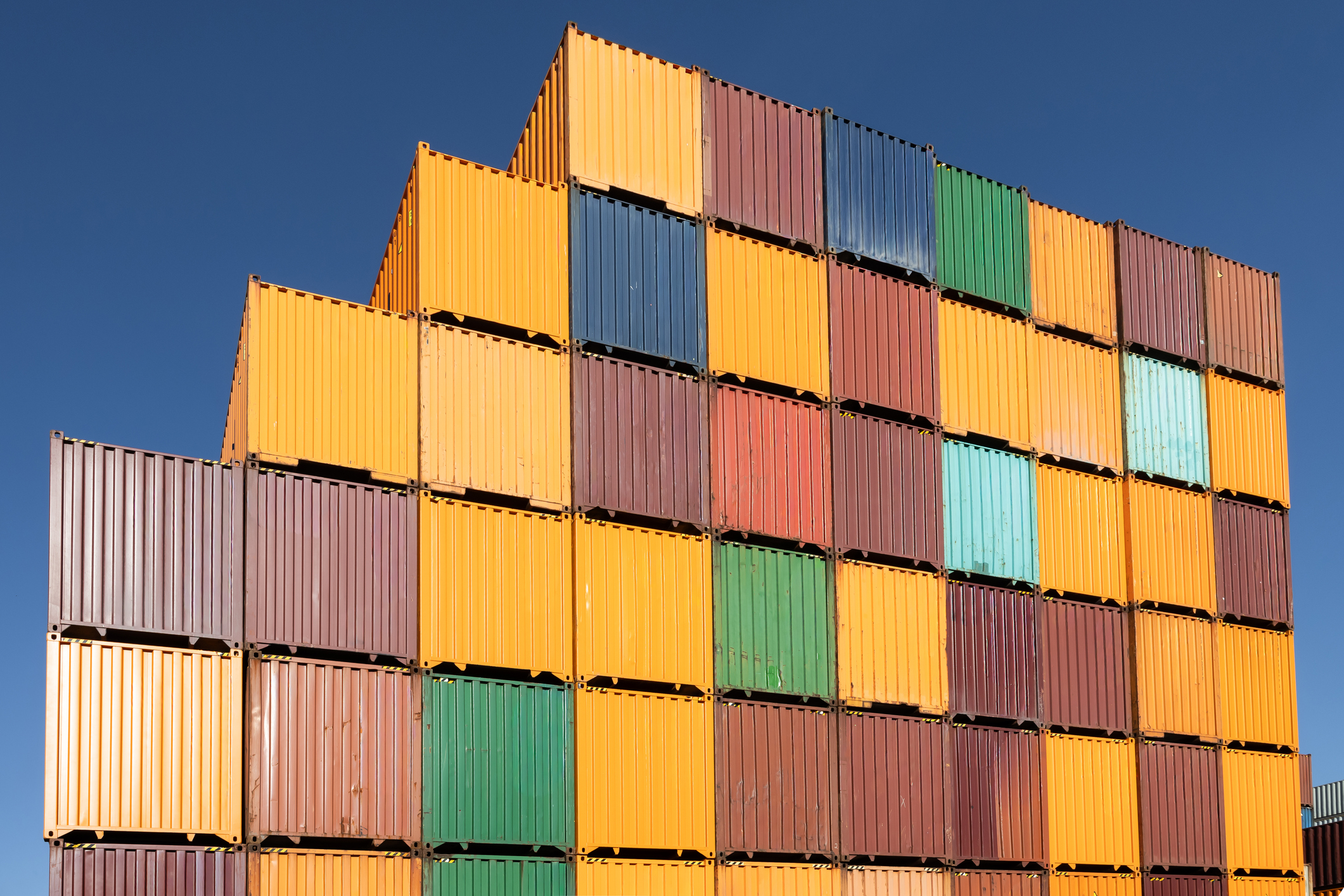 Goodwin: A superlative British manufacturer to buy now
Goodwin: A superlative British manufacturer to buy nowVeteran engineering group Goodwin has created a new profit engine. But following its tremendous run, can investors still afford the shares?
-
 A change in leadership: Is US stock market exceptionalism over?
A change in leadership: Is US stock market exceptionalism over?US stocks trailed the rest of the world in 2025. Is this a sign that a long-overdue shift is underway?
-
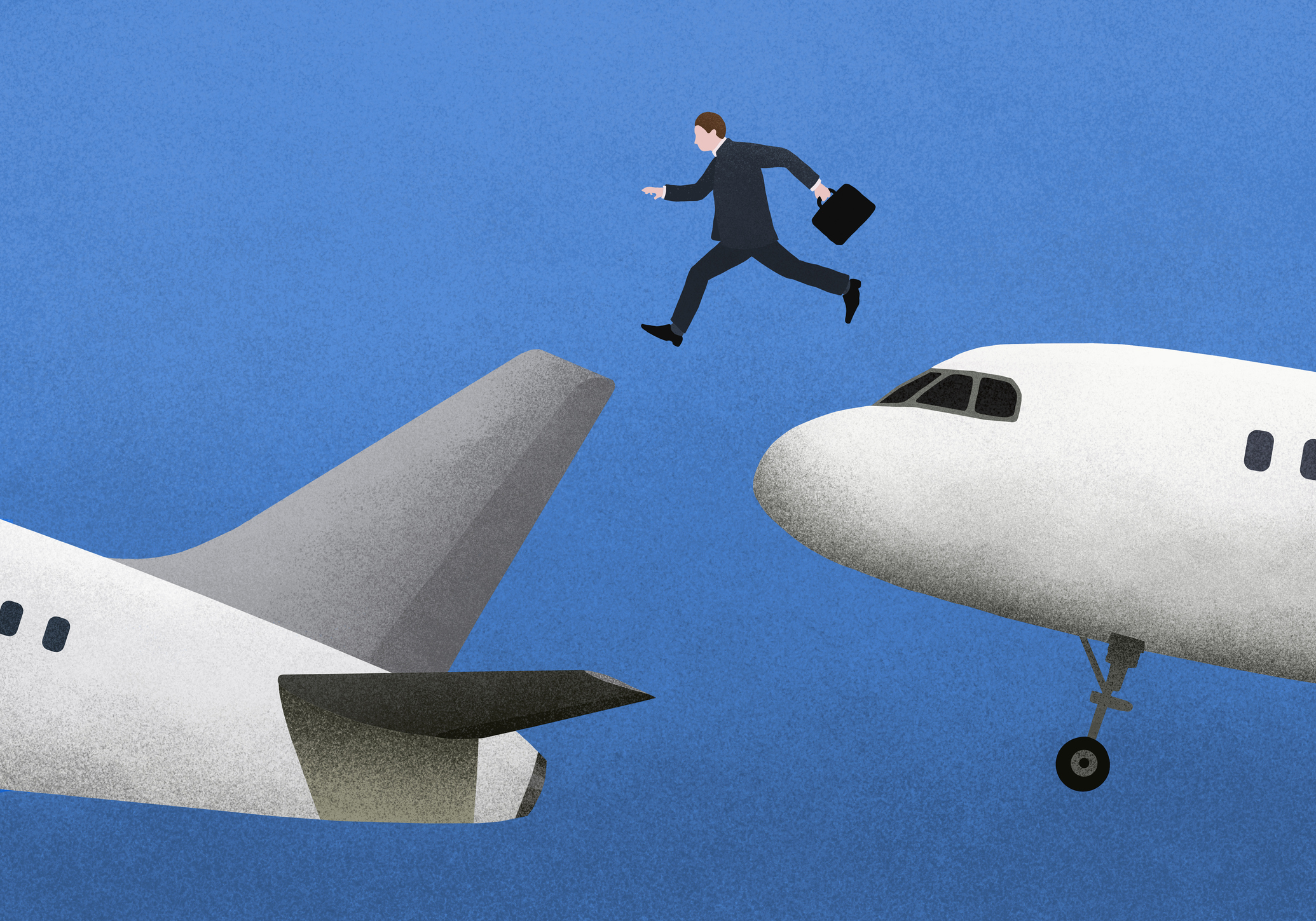 A reckoning is coming for unnecessary investment trusts
A reckoning is coming for unnecessary investment trustsInvestment trusts that don’t use their structural advantages will find it increasingly hard to survive, says Rupert Hargreaves
-
 Metals and AI power emerging markets
Metals and AI power emerging marketsThis year’s big emerging market winners have tended to offer exposure to one of 2025’s two winning trends – AI-focused tech and the global metals rally
-
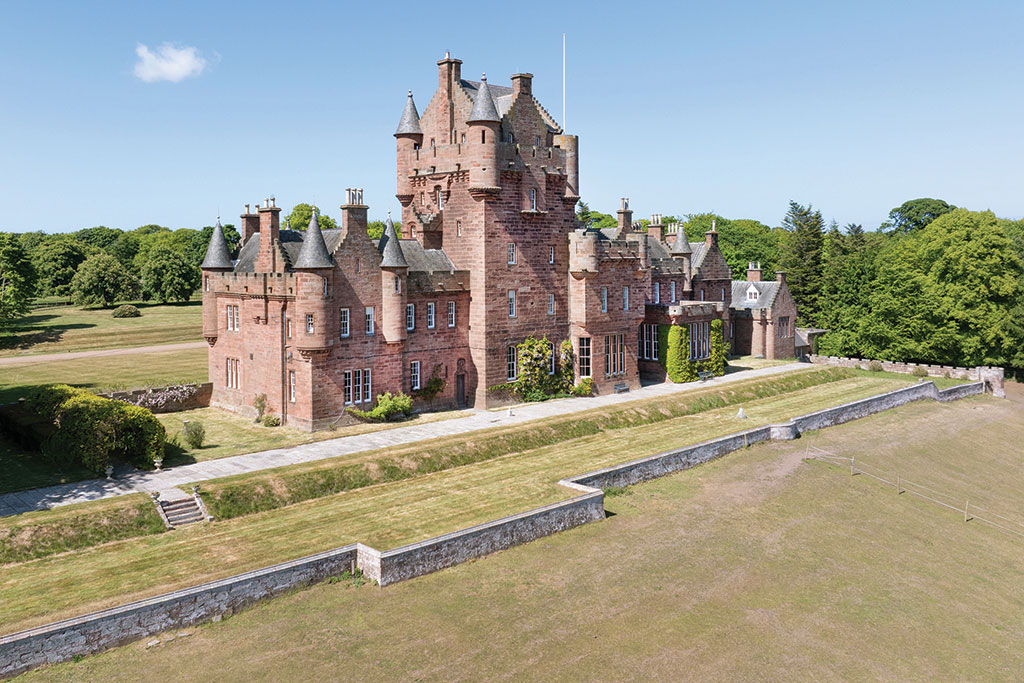 8 of the best houses for sale with beautiful fireplaces
8 of the best houses for sale with beautiful fireplacesThe best houses for sale with beautiful fireplaces – from a 15th-century cottage in Kent to a 17th-century palazzo in Oxfordshire